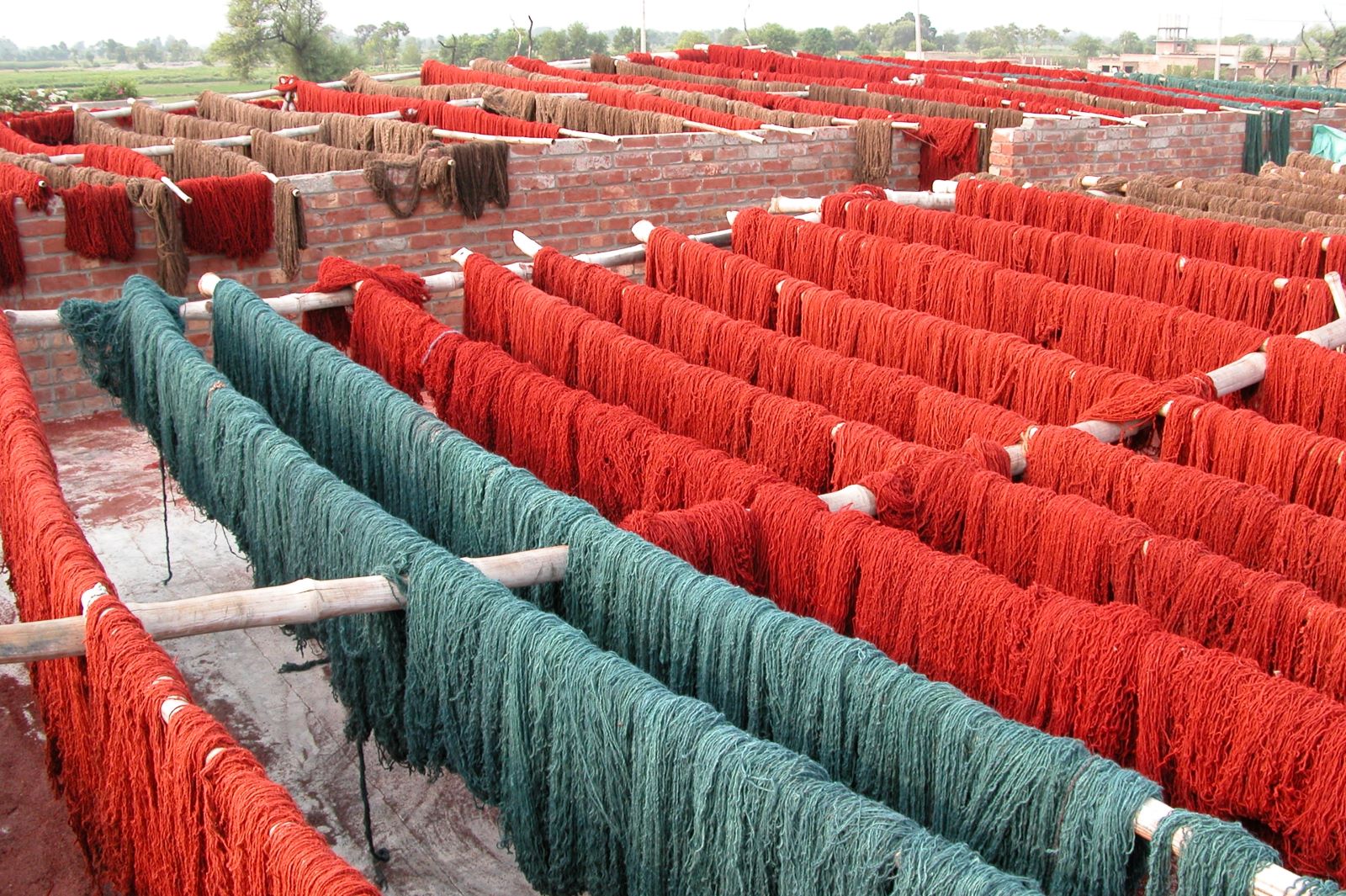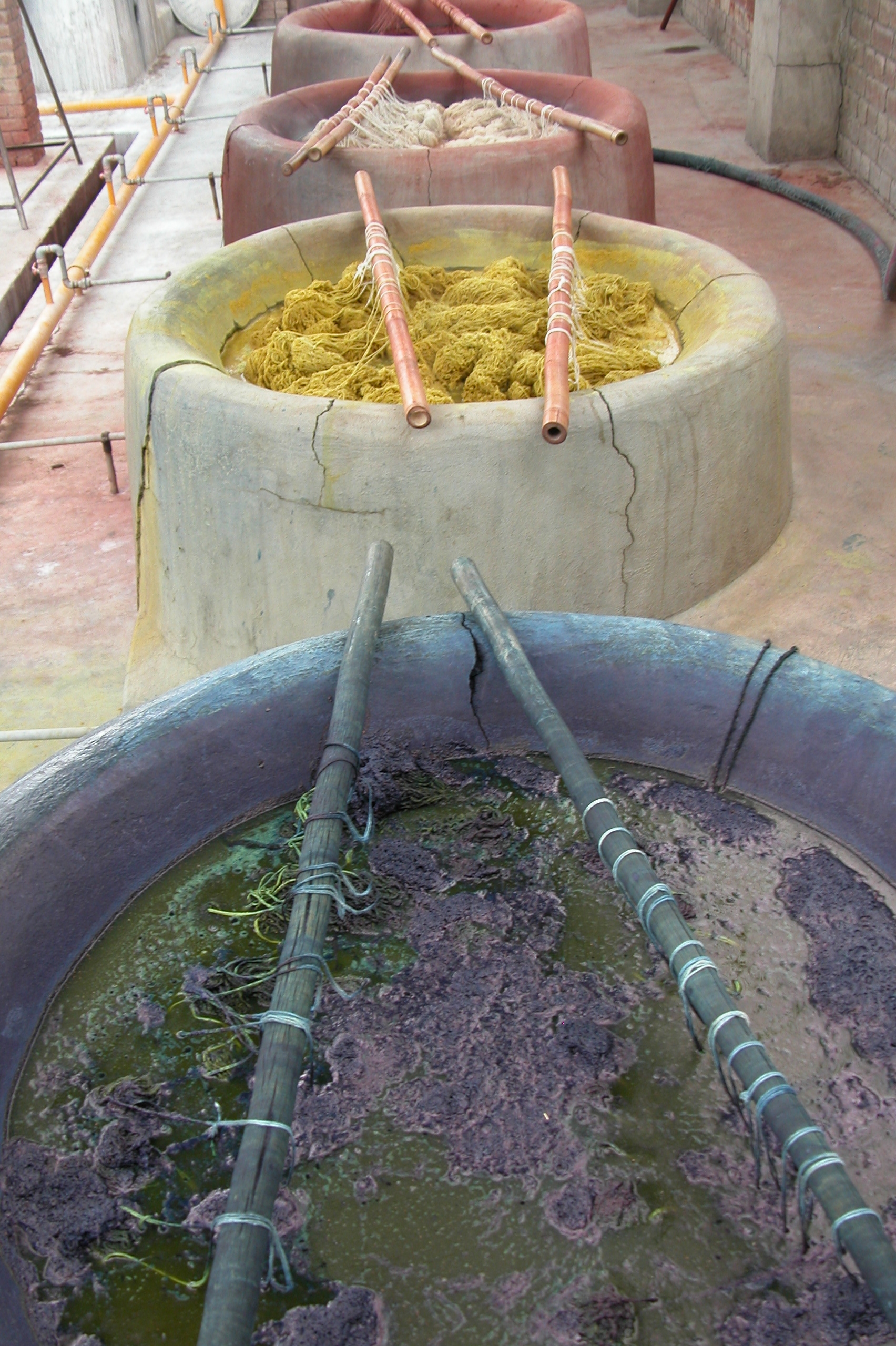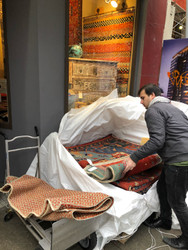How do I know if a handmade rug is of good quality?
Posted by Ahmad Mohammadian on 16th Mar 2023
How do I know if a handmade rug is of good quality? What is a good rug? What determines the quality of a handmade rug? People usually ask these common questions when shopping for a handmade rug.
There are several factors to consider when determining the quality of a handmade rug. Here are the things you should look out for:
Material: The material used to construct a handmade rug can significantly impact its quality. Wool and silk are two materials often used in weaving handmade rugs. I have found the quality of the fibers to be the most essential part of a good-quality rug. As wool rugs are most common, one must be familiar with determining the quality of the wool in an area rug. One of the ways to determine whether an oriental rug has good quality wool is by the lanolin content. Lanolin is a waxy substance produced by sheep in their wool that helps to protect them from the cold and rain, which also helps to preserve a rug from dirt and stains. With a few exceptions, wool with high lanolin content usually feels waxy when rubbed by hand. An example of a rug with traditionally high quality is the Persian Herize. Most of these rugs have anywhere from 70 to 120 knots per square inch, which is not an exceptionally high number, but they last a long time; many of them from the 1920s are still being used today (Example, 1920s Persian Heriz).
The wool used in oriental rugs is either hand-spun or machine-spun. Hand-spun wool usually feels a bit bumpier when you rub your hand on a rug because it comes out unevenly when spinning wool by hand. Machine-spun wools feel much softer because the machine turns the wool more consistently, resulting in an even yarn. Both hand-spun and machine-spun wool could be of high or low quality, but usually, good-quality wool is used to hand-spin the wool. Low-quality machine-spun wool frequently has synthetic materials added to lower the cost, and those materials are typically lower in quality.

Knot density: The knot density refers to the number of knots per square inch in a rug. Generally, the higher the knot density, the finer and higher the carpet quality. When there is high-quality wool and a high knot count, the rug is very high quality, and you get the best of both worlds. Higher knot density also enables the weaver to create a more detailed and intricate design. (Example, Fine Persian Isfahan)

Dyes: The dye used in a rug can also indicate quality. While organic vegetable dyes are a plus, very good synthetic dyes are also used for hand-knotted oriental and area rugs. It is difficult to tell the difference between vegetable and synthetic dyes visually. Vegetable dyes are slightly more vivid, and as the rug gets older, the colors get more of a sheen to them, but synthetic dyes tend to get more muted as they age. The lower-quality dyes also usually run when they get wet.

Foundation: The foundation is the main structure of a rug that runs lengthwise, and the knots are tied onto to form the design. While Foundation is essential to any rug, it is not one of the most important factors. Handmade carpets are usually woven with a wool or cotton foundation and sometimes silk. Wool lasts longer than cotton but tends to stretch over time. Most rugs are woven with a cotton foundation to prevent future stretching and be less expensive. Rugs with high-quality wool or cotton foundation could easily last for over a hundred years.
Weave: Hand-knotted rugs take a long time to weave, and a room-size rug could easily have hundreds of thousands of knots. Due to the high number of knots and intricate designs, it is common to have mistakes in the design and weave, but the knots of a high-quality rug should still be tight and even. If gaps or inconsistencies exist in the weave, it may be a sign of the carpet being of lower quality.

Origin: Rugs woven in Persia (Iran), Turkey, and Afghanistan are traditionally considered to be of higher quality than rugs from other regions like Pakistan, India, Nepal, and China; however, in today’s rug market, every country that weaves rugs produces rugs from high to low quality especially since many rug companies in the US and Europe are influencing the production of rugs in these countries and their need for low-cost rugs to provide rugs to a broader market.
Remember that the quality of a handmade rug can also impact its price. A high-quality carpet may be more expensive, but it can also be a worthwhile investment lasting many years.
